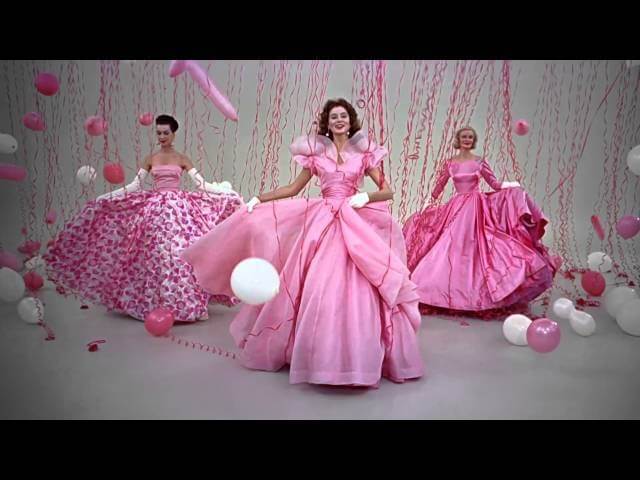Read This: A cultural history of “Millennial Pink,” the Instagram-ready hue of our age

If there’s one thing The Devil Wears Prada taught us, it’s that we normal plebeians just aren’t smart enough to understand fashion. And reading New York’s lengthy new article on the apparently pervasive color “Millennial Pink” is a bit like having Miranda Priestly lecture you about the difference between turquoise and cerulean. You might assume pink is just a color that has always been, and will always be, around. But apparently it’s a trend, one tied to the shifting gender norms of millennials plus their desire to look good in selfies and also, somehow, man-buns, which get two shout-outs in the article.
Millennial Pink, also known as “Tumblr Pink” and “Scandi Pink” and dubbed “Rose Quartz” when Pantone picked it for the Color Of The Year of 2016, is different than Barbie Pink. It’s a “softer shade that looks as if all the blue notes have been taken out.” But it has also expanded to include “a range of shades from beige with just a touch of blush to a peach-salmon hybrid.” New York attributes the popularity of Millennial Pink to the blurring of gender roles in the 21st century. Pink now represents androgyny, not femininity; it’s the “genderless mascot” of a more progressive generation. Plus it’s “flattering and generally pleasing to the eye,” which makes for good photos.
Despite dubbing Millennial Pink a new phenomenon, the magazine also traces examples of the color in art, fashion, and interior design going all the way back to Jean-Honoré Fragonard’s 1767 painting The Swing. But Millennial Pink really began to have its current moment circa 2013, and since then it’s popped up in Wes Anderson movies, product packaging, book covers, posters, restaurant walls, Drake music videos, home goods, and hair color. Along with its impressively detailed timeline, New York also spoke to fashion editors and poets about the color. Poet Kevin Coval writes, “Kanye’s polo / exposing the fragile / idiocy of the gender binary.” Meanwhile fellow poet Patricia Lockwood offers the simpler observation, “looks like a pig who got scared.”
One mystery the article doesn’t dig into, however, is how a 1957 Audrey Hepburn movie somehow managed to predict a trend that wouldn’t occur for another 60 years. Time travel perhaps? Presumably that’s also how Pink Panther, Sleeping Beauty, Strawberry Shortcake, and Elle Woods got the color well before its current millennial moment.